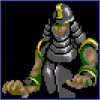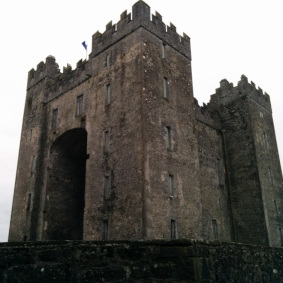https://en.normandie-tourisme.fr/museums-and-heritage-sites/chateau-de-carrouges/
https://www.openstreetmap.org/way/460918384 Street view: https://goo.gl/maps/rG2ZXyUp1s3mvdJu8
Night tours are available some fridays in the summer, exibitions, concerts, individualized welcome (contact the castle to organize before). The last start for the guided visit is 45 minutes before the castle closes. The park stays open between noon and 2pm but closes in the evening.
Originally an oppidum, or defensive hill town, located at the southernmost border of the Norman duchy of William the Conqueror, Carrouges was vainly besieged by the Plantagenets in 1136. It was destroyed by the English in 1367, at the beginning of the Hundred Years War. Jean de Carrouges a vassal of Pierre II, Count of Alençon, became famous as one of the combatants in the last judicial duel to be permitted in France, in 1386. Following his victory, he was appointed a knight of honor to Charles VI.
The heiress of Jean de Carrouges married Guillaume Blosset, and their son Jean Blosset was appointed grand seneschal of Normandy. He made advantageous marriages with two wealthy heiresses from Brittany, first, Marguerite de Derval, and second, Francoise of Chastel, vicomtesse de Dinan et de La Bellière. These alliances gave Blosset the means of restoring and expanding the château, which had suffered great damage following its confiscation by Henry VI of England after the battle of Verneuil in 1424. Blosset built the north-eastern wing of the château, in which King Louis XI lodged on 11 August 1473.
The Château de Carrouges is rectangular in plan, surrounded by a moat. The central courtyard opens on to a terrace to the south-west. Although elements survive from the 15th and 16th centuries, the majority of the architecture is in the Henri IV and Louis XIII styles. The frontage is constructed of red brick and granite, the roofs are of blue slates. The château also has a keep of the 14th century, two storeys high and topped by machicolations.
The 16th century châtelet, or gatehouse, comprises four circular turrets, and was probably built by Jean Le Veneur. It is constructed of red and black bricks.
Jean de Carrouges mentioned above is the character in the historical novel and film The Last Duel.

